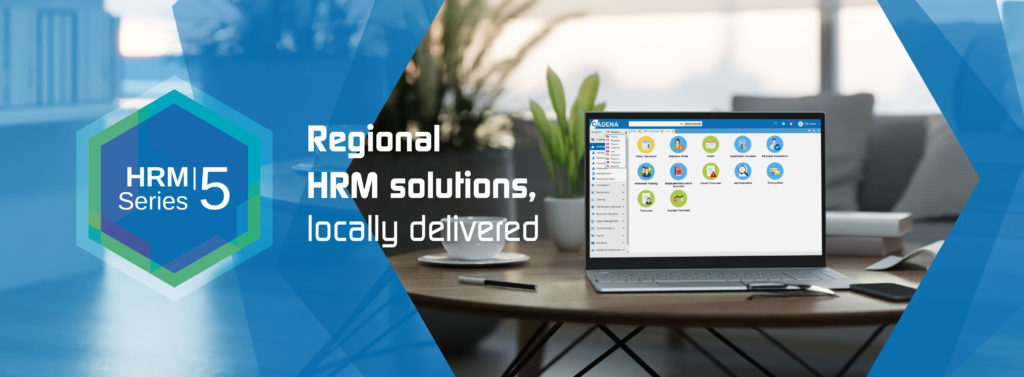As an HR/Payroll manager, processing payrolls for multiple countries/entities can be a complex and time-consuming task. However, from an employee’s perspective, their main concern is receiving the correct amount of pay on time. In this article, we will provide an overview of the challenges involved in payroll processing for multiple countries/entities and highlight how our solution addresses them.
Managing data for multiple countries/entities
Payroll processing involves maintaining employee data, validating attendance, calculating overtime and absences, processing HR fixed data, applying necessary deductions, and processing payroll for every branch in every country. This can be a challenging task as the user may need to switch between multiple platforms or sources to access local country employee data or perform functions.
To address this, our solution offers a unified platform that allows users to access all entities in all countries with a single login. This ensures a seamless user experience and makes it easier to manage data across different countries/entities.
Managing data operations for multiple countries/entities
When processing payroll, updating and viewing employee profiles, validating attendance data, and leave records are crucial. Our solution offers several features to simplify these tasks:
- The user can access local country data in their preferred language.
- Employee profile information, payroll data, and time attendance data can be imported via Excel spreadsheets, saving time and effort.
- Flexible leave policies apply to different employee levels.
- A fully automatic timesheet allows the user to define unlimited shifts, assign working schedules, and manage overtime.
Output and exporting for multiple countries/entities
When management requests analysis and reporting, our solution offers various options for generating reports, including ad-hoc reports in Excel, Word, or “like” Crystal Reports in the application, standard dashboard reports, and customized dashboard reports. Our cloud-based solution also offers flexibility and support as services, which can be implemented in multiple countries/entities efficiently as a single point of contact vendor with expanded add-ons integration through API (Application Programming Interface) with any enterprise automation systems.
In summary, Cadena offers both on-premises and cloud-based solutions, with on-premise solutions providing increased data security and cloud-based solutions offering flexibility and support. Our solution provides a unified platform for managing payroll processing for multiple countries/entities, making it easier to manage data and simplify payroll operations.
Challenges for HR managers in global companies
One of the biggest challenges for HR and payroll managers when processing payrolls for multiple countries or entities is staying up-to-date with local regulations and compliance requirements. Different countries have different tax laws, labor laws, and employment regulations that must be adhered to, and failure to comply with these regulations can result in penalties, fines, and legal liabilities.
To address this challenge, many HR and payroll systems now include features that help users stay compliant with local regulations. These features might include built-in tax calculators, automated compliance checks, and real-time updates on regulatory changes. By leveraging these tools, HR and payroll managers can ensure that their payroll processing is always in compliance with local laws and regulations.
Another challenge of processing payrolls for multiple countries or entities is dealing with different currencies and exchange rates. This is particularly important for companies that have employees in different countries who are paid in different currencies. Currency fluctuations can have a significant impact on payroll costs and can make it difficult to accurately calculate and manage payroll expenses.
To address this challenge, many HR and payroll systems now include features that support multiple currencies and exchange rates. These features might include real-time currency conversion, automated exchange rate updates, and tools for tracking and reconciling payroll expenses in different currencies. By leveraging these tools, HR and payroll managers can more effectively manage the financial aspects of their payroll processing.
Finally, it’s important to note that processing payrolls for multiple countries or entities can be a time-consuming and resource-intensive task. This is especially true for companies that are still relying on manual processes or outdated HR and payroll systems. To address this challenge, many companies are turning to cloud-based HR and payroll solutions that offer increased flexibility, scalability, and automation.
Cloud-based HR and payroll systems allow users to access their data and functionality from anywhere, at any time, which can be particularly useful for companies with employees in different countries or time zones. These systems also typically offer robust automation capabilities, such as automated payroll processing, time and attendance tracking, and compliance monitoring, which can help streamline payroll processing and reduce the risk of errors and delays.
Overall, processing payrolls for multiple countries or entities requires a high level of skill, expertise, and attention to detail. However, by leveraging the right tools and technologies, HR and payroll managers can overcome these challenges and ensure that their payroll processing is accurate, compliant, and efficient.








